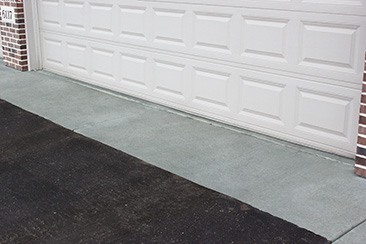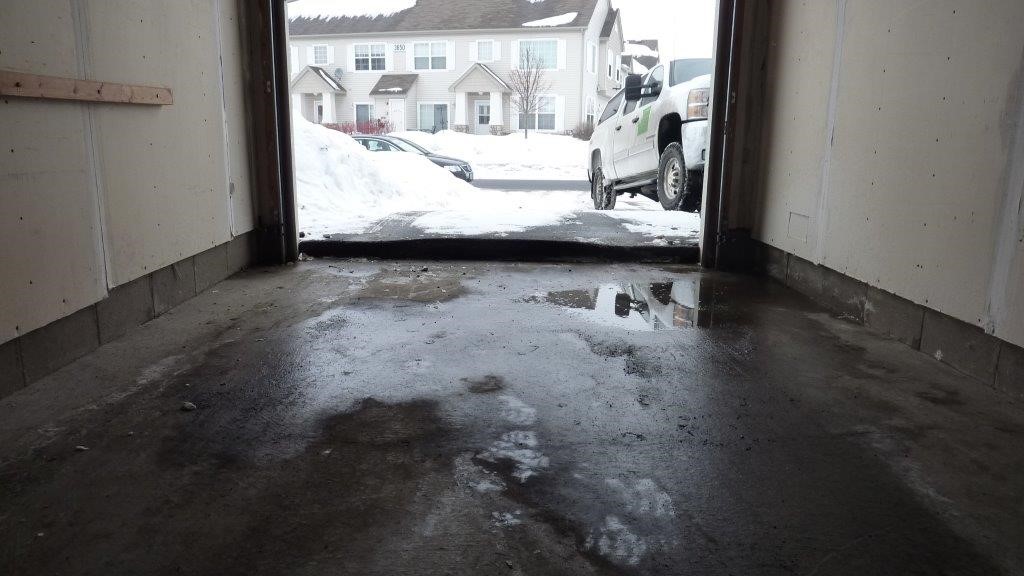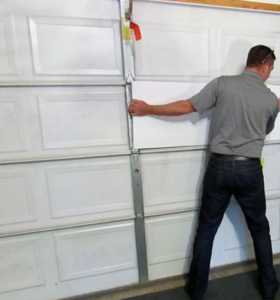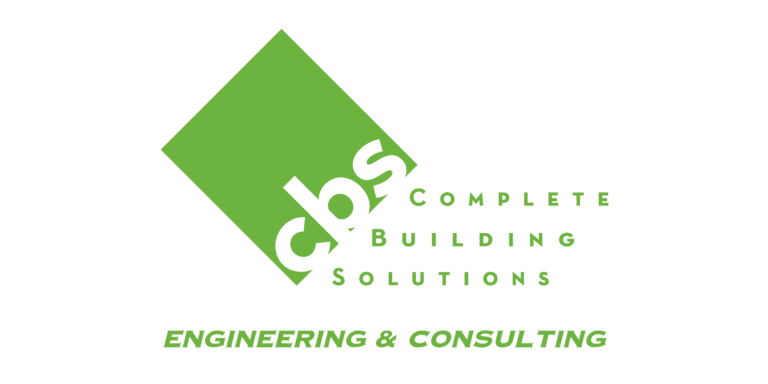What Is A Garage Apron?
A garage apron is a section of asphalt or concrete that extends 2-4 feet outside of your garage door.
Concrete aprons or asphalt aprons act as a transition between your garage and your driveway and help to direct water away from your home. This area is very susceptible to failure or damage if it has not been constructed correctly or does not seal properly between the transition of the apron to garage or apron to the driveway.
Have you noticed cracks, gaps, erosion, sinkholes, or heaving around this area? If so, you may want to consider repair options before the issue progresses any further.

Why Should I Replace Or Repair My Garage Apron?
If moisture is getting under your asphalt or concrete apron, the integrity of your garage’s foundation is at risk. If water is not deterred from this area, the severity of the visible issues will progress. The issues you cannot see, such as degradation to your foundation, will also advance.
These common garage apron defects are typically due to settlement (ground movement). Settlement can occur for many reasons: inconsistent soil compaction, the wrong soil selection, tree root invasion, or water erosion. When you live in areas with drastic temperature changes, such as Minnesota, these problems become more prominent because of the frost heave cycle.
If you are planning to sell your home and you have any of these conditions present, it is likely they will be addressed in an inspection report.

The picture above depicts a transition between a garage floor and driveway that has failed. Water has been able to enter this transition and settlement has occurred causing significant heaving. This can lead to additional failures in the driveway and garage if this defect is not addressed.
How Do I Fix My Garage Apron?
Depending on the type of issue and progression, different solutions are available. It could be that the soil compaction was not consistent. In this case, the soil would need to be dug up and replaced. If sinkholes are present, the entire apron may need to be removed, foundation filled, and base material raised. To determine the severity of your problem and a lasting and cost-effective solution, contact a local structural engineering firm.



